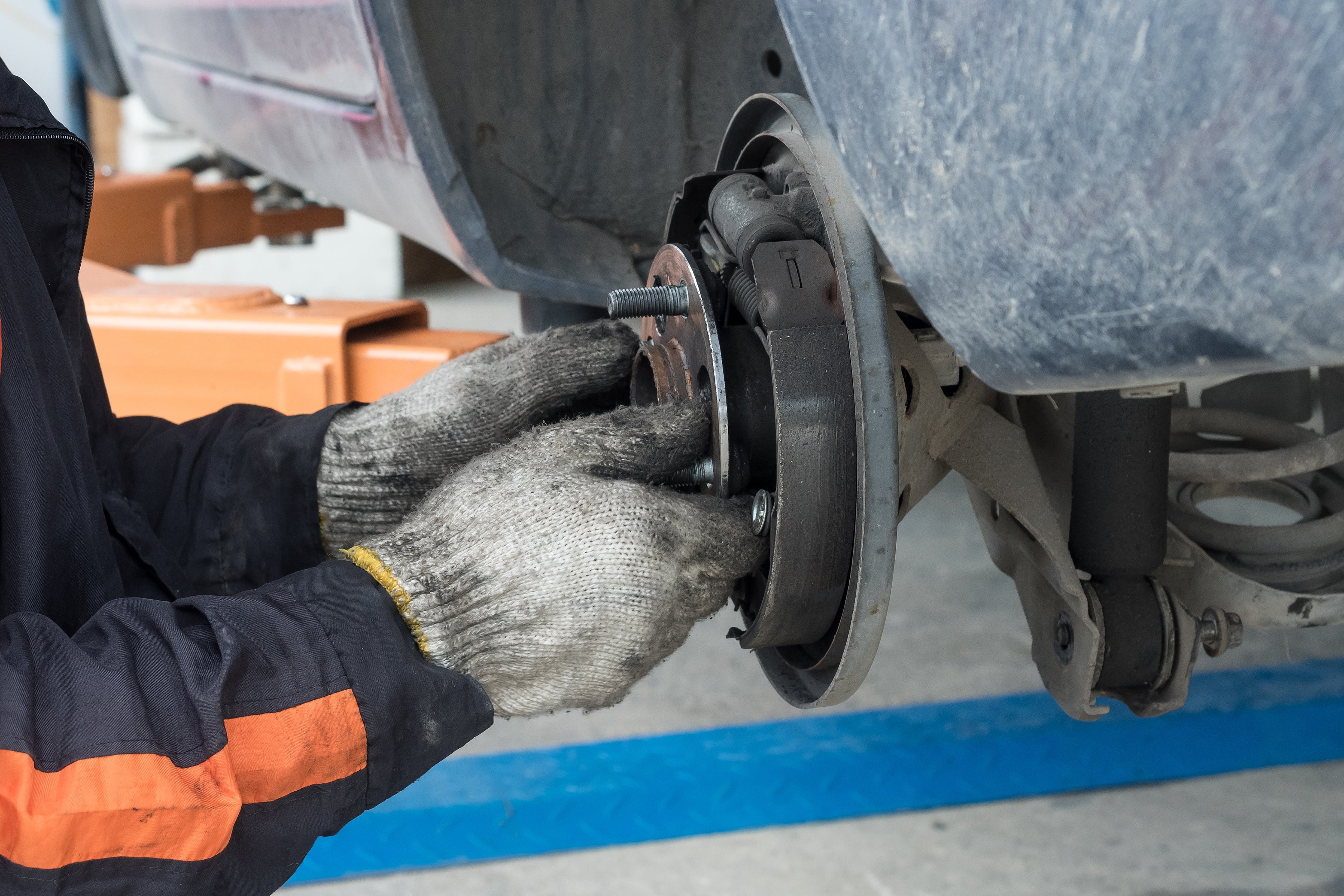Understanding Wheel Bearings and Hubs: Before we delve into the main question, let's briefly understand the roles of wheel bearings and hubs in a vehicle's functionality.
Wheel Bearings: Wheel bearings are crucial components that allow the wheels to rotate smoothly and maintain their position in relation to the vehicle. They are typically made up of a set of steel balls enclosed within a ring or race, which is then placed inside the hub assembly.
Hub Assembly: The hub assembly, also known as the wheel hub, is a central part that connects the wheel to the vehicle's suspension system. It houses the wheel bearing and provides the necessary support and alignment for the wheel.
To Change or Not to Change Both Wheel Bearings or Hubs? Now, let's address the main question: Should you replace both wheel bearings or hubs when only one side fails? The answer to this largely depends on several factors, including the condition of the remaining components, cost considerations, and the specific vehicle design. Let's examine each aspect more closely:
-
Condition of the Remaining Components: If one wheel bearing has failed, it may indicate that the other bearing could be nearing the end of its lifespan. Wheel bearings often wear out due to similar factors such as mileage, driving conditions, and maintenance practices. Thus, replacing both bearings or hubs as a preventative measure could save you from future repairs and potential safety risks. Inspecting the condition of the unaffected side can provide valuable insight into whether it requires replacement or not.
-
Cost Considerations: Replacing wheel bearings or hubs can be a costly endeavor, involving both parts and labor expenses. If your budget allows, it might be prudent to change both components simultaneously to minimize future repair costs. However, if you are facing budget constraints, replacing only the failed part is an option, provided the other side is in good condition.
-
Vehicle Design and Usage: Some vehicles have wheel bearings that are integrated into the hub assembly. In such cases, it is more practical and often recommended to replace the entire hub assembly rather than attempting to replace only the bearing. Additionally, if your vehicle undergoes heavy usage, such as towing or off-roading, the stresses endured may accelerate wear on the wheel bearings. Replacing both components, even if only one has failed, might be a safer choice in such demanding conditions.
Consulting an Automotive Professional: While this blog aims to provide valuable guidance, it is crucial to consult an experienced automotive professional or refer to your vehicle's manufacturer guidelines before making a final decision. Their expertise and knowledge of your specific vehicle model can offer tailored advice based on its design and maintenance requirements.
Conclusion: When faced with a failed wheel bearing or hub assembly, the decision to replace both components or just the affected one depends on factors such as the condition of the remaining components, cost considerations, and the design and usage of your vehicle. Prioritizing safety and preventive maintenance is always advisable, but budgetary constraints and specific vehicle considerations may influence your decision. Remember to seek professional guidance to ensure the best course of action for your vehicle.
By making an informed decision, you can keep your wheels rolling smoothly and enjoy a safe and comfortable driving experience.
